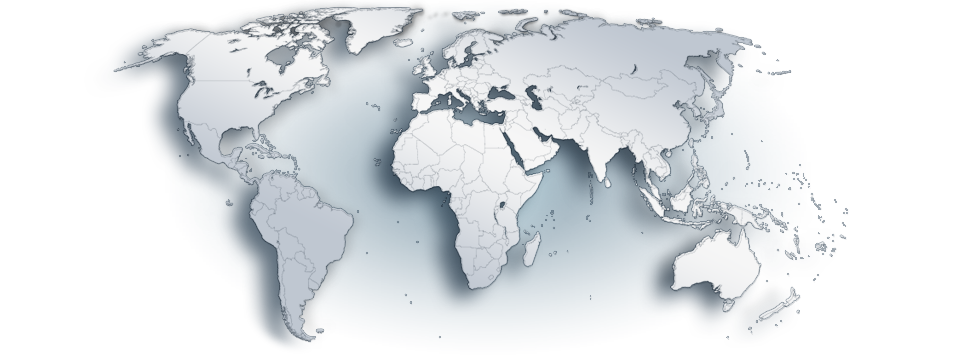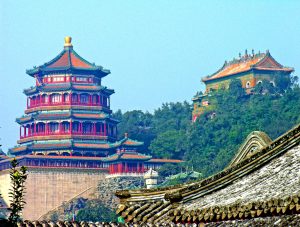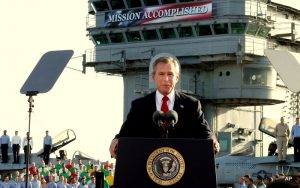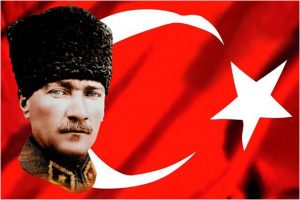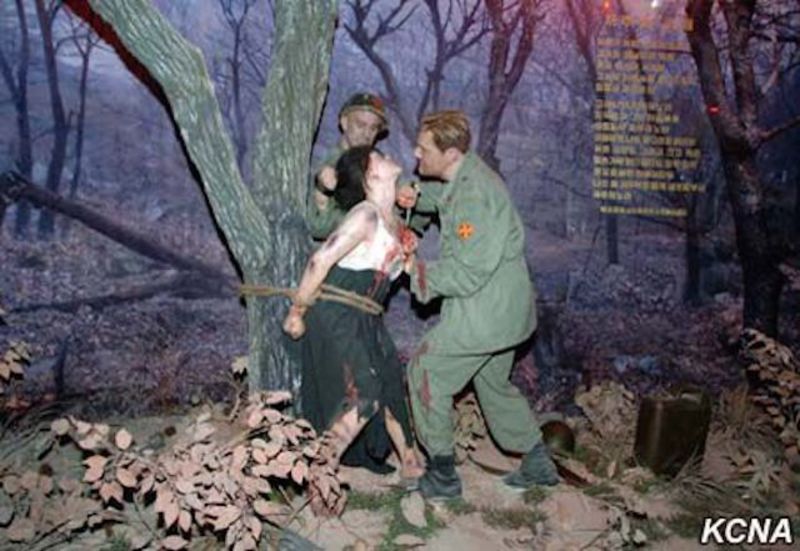
Views: 3178
SINCHON COUNTY, North Korea–Over the past few years the Korean people have been able to expose the truth about a number of atrocities by Washington’s military forces during the 1950–53 Korean War. Many others, however, remain covered up and receive virtually no mention outside the Korean peninsula. One such massacre took place in Sinchon, a city located in what is today North Korea.
During the Socialist Workers Party and Young Socialists leadership delegation’s visit to the Democratic Peoples Republic of Korea (DPRK), we toured the Sinchon Museum, which documents what north Koreans consider the worst atrocity to have taken place in the north during the war.
Along with revelations of other massacres by U.S. forces, the museum helps to highlight the fact that in their assault on Korea five decades ago the imperialists waged a total war on the population and infrastructure of the country.
In the aftermath of Tokyo’s defeat in World War II, revolutionary upheaval spread throughout the Korean peninsula. Washington enforced the division of the country at the 38th parallel and sent in troops to crush uprisings in the south, establish a military regime, and prepare to launch a war to bring the rest of Korea back under imperialist domination.
In September 1950, four months after the outbreak of the Korean War, tens of thousands of U.S. troops poured into Korea and began a northward offensive. Sinchon County was occupied for 52 days in the closing months of that year. Dozens of photographs and artifacts documenting the roundups and executions of Korean patriots and indiscriminate killings of men, women, and children are on display at the museum.
One of the historical sites marks mass graves where the slaughtered were buried. According to Ri Song Jin, a witness to the massacre, imperialist forces tortured many Korean patriots in the basement of the Sinchon church at the beginning of the occupation, then buried the dead and near-dead bodies in a trench.
We also visited an area that was bombed and learned that as U.S. forces marched out of town they destroyed most of the homes, factories, farm implements, and arable land.
More massacres exposed
The Sinchon massacre was one of many atrocities carried out by Washington and its subservient regime in south Korea in their systematic attempt to bring the Korean masses under the imperialist boot.
In face of revelations by U.S. soldiers, former president William Clinton was pressured to acknowledge for the first time in 2001 that Washington’s troops shot down Koreans fleeing the war zone in the village of No Gun Ri, south Korea, one month into the Korean War.
After U.S. Army officers ordered villagers to walk on railroad tracks at No Gun Ri, warplanes hailed bombs and bullets on the area where peasants had been resting. Scores of people were killed, while others scrambled for cover under the nearby railroad bridge. For three nights and four days, July 26–29, U.S. troops poured bullets into the tunnel where the peasants, many of them women and children, were trying to hide.
“People pulled dead bodies around them for protection,” recalled survivor Chung Koo Ho.
The air assault killed 100 refugees, while soldiers killed another 300.
In the lead-up to the Korean War, as the revolution was deepening in the north, social unrest bubbled throughout the south. In an attempt to buffer the resistance, Washington urged its puppet regime in Seoul to hold an election in May 1948 to try to give a “democratic” face to the dictatorship.
People in two districts of Jeju island boycotted the election, drawing outrage from U.S. military commanders. After a series of incidents, the south Korean government launched a bloody assault on the island, burning villages and carrying out widespread executions and torture. By February 1949, more than 30,000 people had been killed, about one tenth of the island’s population.
The south Korean government, which remains a semicolony of the United States, only investigated the massacre two years ago.
“Until a decade ago,” reported Howard French in the New York Times, “the Jeju massacres were ascribed both officially and in textbooks to North Korean infiltrators.”
In the course of the Korean War, the U.S. rulers also conducted saturation bombing, especially of the northern cities, factories, and mines. They dropped more than 428,000 bombs on Pyongyang, a city whose prewar population was only 400,000, and used 717 million pounds of napalm on the country’s people.
In spite of attempts by Washington and Seoul to cover up the atrocities, many Koreans who survived from both sides of the border have refused to stay quiet. In north Korea, the Sinchon Museum stands as a symbol of what imperialism has to offer humanity. Schools from across the country take students to the museum on field trips to learn more about the Korean War and the odds the Korean people fought against to defeat U.S. imperialism.
Originally published on 2002-05-20
Author: Jack Willey
Source: The Militant
Origins of images: Facebook, Twitter, Wikimedia, Wikipedia, Flickr, Google, Imageinjection & Pinterest.
Read our Disclaimer/Legal Statement!
Donate to Support Us
We would like to ask you to consider a small donation to help our team keep working. We accept no advertising and rely only on you, our readers, to keep us digging the truth on history, global politics and international relations.
FOLLOW US ON OUR SOCIAL PLATFORMS